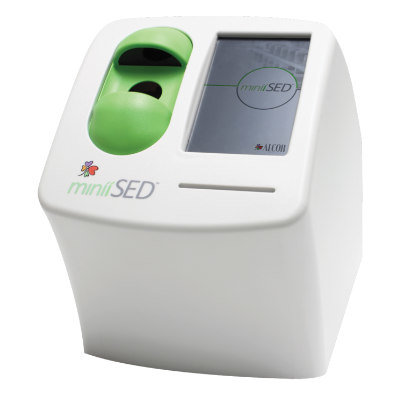Antimalarial Compound Improves Forensics of Bloodstains
By LabMedica International staff writers
Posted on 12 Jun 2017
Forensic investigators often use a luminol chemiluminescence test to detect latent bloodstains at crime scenes. Now, researchers have found that combining luminol with the antimalarial drug artemisinin, a natural peroxide, reduces the risk of false positives compared to the traditional method that mainly uses hydrogen peroxide or sodium perborate as coreactants. They also obtained test results using a smartphone, which could provide highly accurate on-scene analyses.Posted on 12 Jun 2017
Luminol is often combined with hydrogen peroxide to react with the heme groups in blood, producing the blue chemiluminescent glow. This allows crime scene technicians to detect blood on surfaces. While this test has proven beneficial in numerous criminal investigations, false positives due to interferences from biomolecules and metal ions, as well as from the breakdown products of hydrogen peroxide, can occur.

Image: Determining which stain on these paper filters (top row) is from blood (C) rather than coffee (A) or tea (B) is easier with the new, more selective artemisinin-luminol chemiluminescence test for forensic bloodstain detection (bottom row) (Photo courtesy of ACS).
In an effort to minimize erroneous identifications, Prof. Guobao Xu of ChangChun Institute of Applied Chemistry, Chinese Academy of Sciences (Changchun, Jilin, China) and colleagues investigated the use of artemisinin with luminol as artemisinin is more structurally sound and more resistant to interferences than hydrogen peroxide.
The researchers showed that the luminol-artemisinin combination is more selective than luminol-hydrogen peroxide, resulting in fewer false positives when challenged with components of bleaches and disinfectants, which criminals often use to cover up a misdeed. The method could distinguish blood from coffee, tea, and brown sugar stains.
The study, by Gao W et al, was published May 11, 2017, in the journal Analytical Chemistry.
Related Links:
ChangChun Institute of Applied Chemistry, Chinese Academy of Sciences













